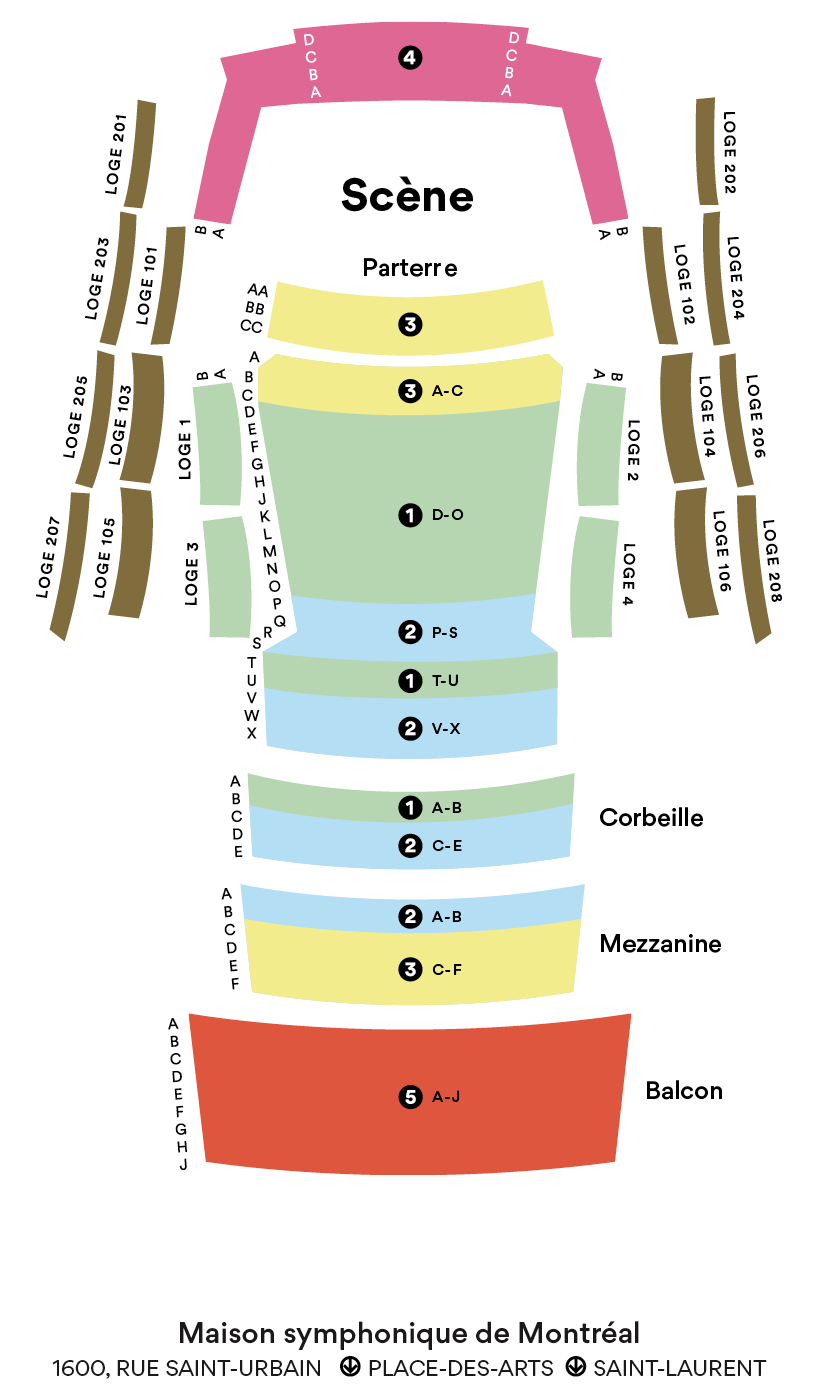Winter Idyll
Holst
1874 – 1934
Composers’ careers were influenced in different ways: some deliberately embedded nationalism in their works while others were identified as nationalistic through audience and critical reception. For many, sociopolitical conflicts in their homeland led to agonizing choices. Should they affirm their nationalist sentiments? Conceal them? Or pretend to espouse them?
English composer Gustav Holst (1874-1934) was a proud representative of his national culture. He was interested in the folk melodies of his country, integrated them into his compositions and was widely recognized as a nationalist composer. His suite The Planets (1918) brought him fame, and he is known today for his abundant output for symphony and wind orchestras. Born into a family of artists but unable to play the piano because of neuritis in his right hand, he learned to play the trombone at an early age, which perhaps explains the strong presence of brass instruments in his compositions.
To mitigate the challenges of perfecting his instrumental technique, Holst began composing in his teens. In 1893, he was admitted to the Royal College of Music in London, where he met Ralph Vaughan Williams, who became a close friend and of course a famous composer who played a fundamental role in the revival of English folk music. During his student years, Holst was particularly fascinated by Wagner’s narrative writing and operatic treatment of Norse mythology. This Wagnerian influence can be perceived in A Winter Idyll (1897), one of Holst’s early works, cast as a type of symphonic poem. Although no descriptive text accompanies it, its title suggests an imaginary landscape where love could blossom in a pastoral setting.
A Winter Idyll opens with a motif of three unison eighth notes reminiscent of Beethoven’s Fifth Symphony (immediately recognizable in the famous pa-pa-pa-pam), followed by an ebullient melody at the oboe which expands to the full orchestra. The ceremonious rhythmic underpinning of the brass is almost choreographic, while the violins’ rapid sixteenth-note descents conjure the image of unrelenting wind stirring up a winter blizzard. In the middle of the piece, a key change from major to minor and the striking of cymbals suggest a break in the narrative, but the return of the joyful theme from the beginning brightens the landscape once again. A Winter Idyll is nostalgic inasmuch as its orchestration seeks to combine Wagner, Mendelssohn and Beethoven, heralding Holst’s musical success in combining Romantic style, folk melodies and the collective imagination, all characteristic of his output.
